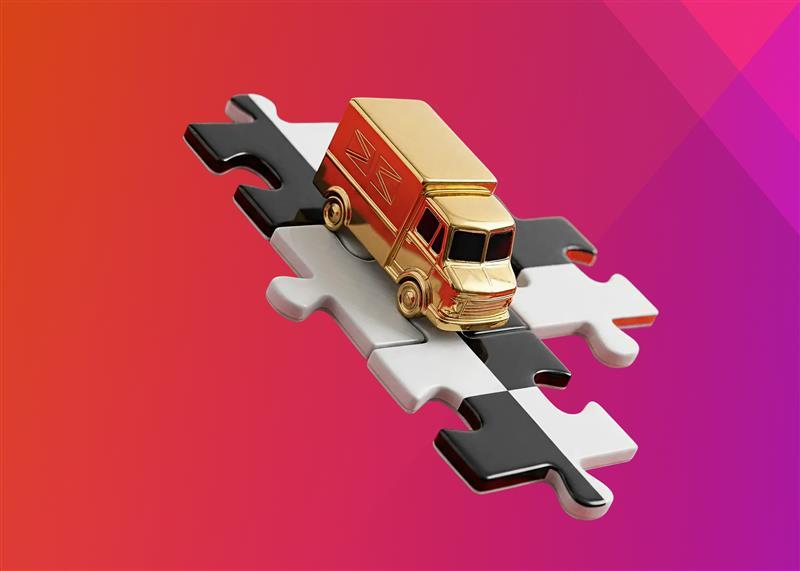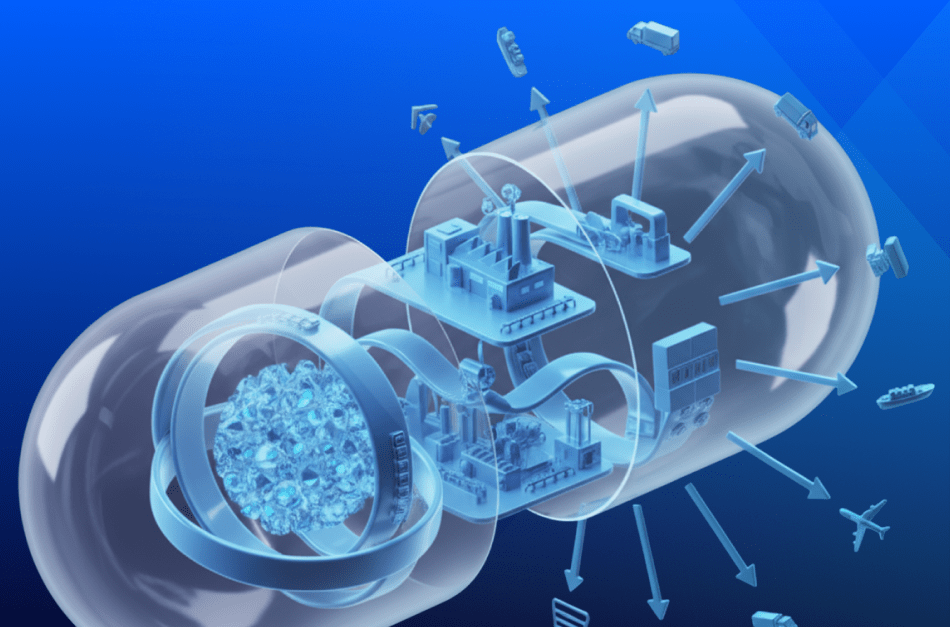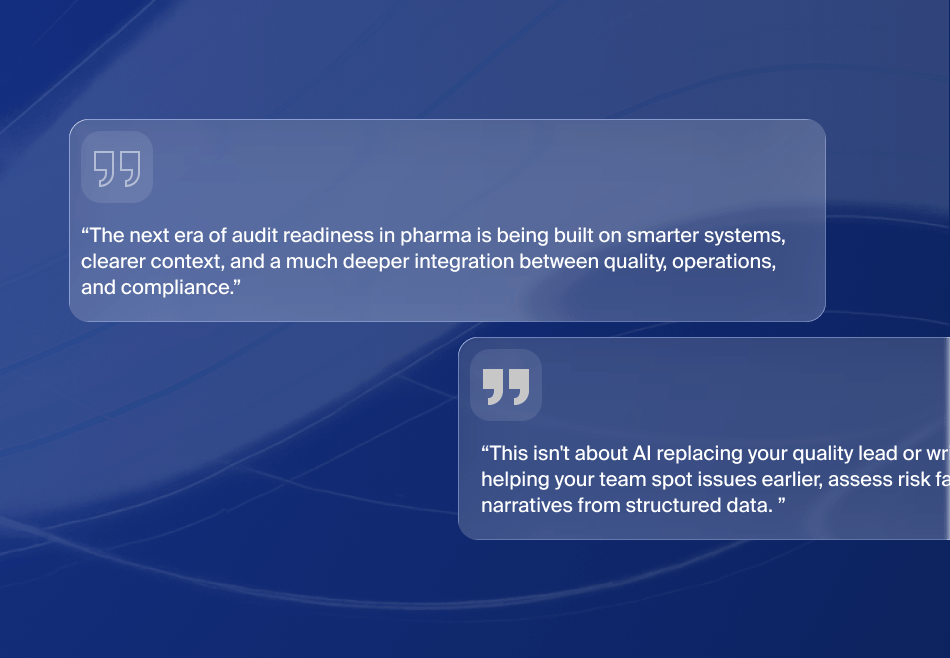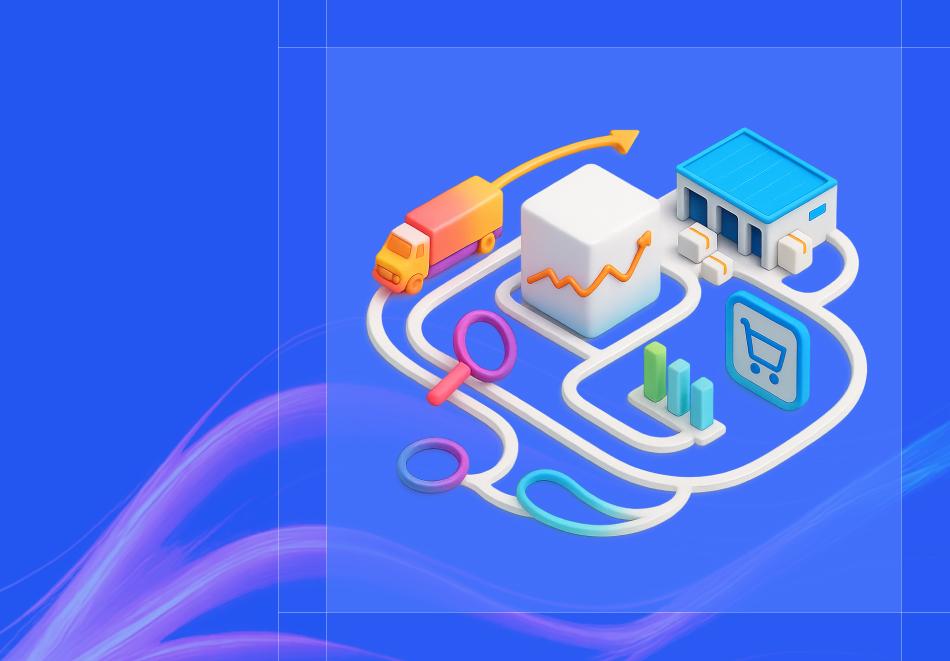By the Numbers
- 10.5 millionThe projected sales of fully electric and electric/gas hybrid passenger vehicles in 2022 worldwide. China accounts for nearly 6 million followed by Europe at 30 percent with the U.S. in third.
- 6.5 million and less than 4 millionThe number of these vehicles sold in 2021 and 2020.
- 75 percentThe anticipated increase in zero emissions delivery van and truck sales in 2022.
- 2000,000The production cap per manufacturer for a full $7,500 credit per vehicle. As of Jan. 19, Tesla and GM had already hit it. Toyota, Ford and possibly Nissan may also reach the cap this year.
- Less than 1 millionThe total number of electric passenger vehicles sold worldwide in 2015.
Introduction
Automobile manufacturers and the thousands of people who supply and service them daily are amid three simultaneous revolutions. Each one of these revolutions by itself is set to be a significant disruptor. Managing them all together will require even established companies to rethink how they do their business. Even incremental improvements to efficiency will be paramount to success.
These growing revolutions include:
- 1.The rise of Electric cars
- 2.The development of autonomous and connected vehicles
- 3.The growth of Digital mobility
The rapid adoption and sales of electric vehicles will only increase as gasoline prices continue to rise, thanks partly to the ongoing Russia-Ukraine conflict in 2022.
As computer controls become increasingly commonplace—backup cameras, for example, have been a required safety feature in all new American-made cars since May 1, 2018—computerized versions are replacing mechanical linkages and parts.
A 2019 study by the Insurance Institute for Highway Safety (IIHS) concluded that while ‘rear cameras alone reduced collision rates by only 5 percent, combining a camera with rear parking sensors reduced the backup collision rate by 42 percent, and adding automatic rear braking to the camera and parking sensors lowered the collision rate by 78 percent.
These autonomous controls are now becoming commonplace. One study shows backup cameras in the Honda Fit LX. Its base model had a list price of $16,190 in August, 2020.
So what do these numbers mean for companies in the automotive industry, especially operations managers?
They mean the former way of running a shop isn’t going to cut it any longer.
Diversifying the Supply Chain
Improving operations management in the automotive industry requires focusing on ways to streamline operations and improve efficiency. A critical area is supply chain management. Today, that means building a supply chain that looks radically different than it did ten years ago.
Ongoing supply chain nightmares leftover from Covid-19 still impact every industry, including consumer electronics. These days that includes cars, not just computers.
Quoting a U.S. Department of Commerce study, the median inventory of computer chips consumers held, including automakers, fell from 40 days in 2019 to less than 5 in 2021.
“If a COVID outbreak, a natural disaster or political instability disrupts a foreign semiconductor facility for even just a few weeks, it has the potential to shut down a manufacturing facility in the US, putting American workers and their families at risk,” the report noted, a danger that isn’t lost on car companies,” Cnet states.
The ramifications, especially for electric car manufacturers, means an inability to meet demands. Projected shortfalls for some major automakers, in large part due to the chip shortage, include:
- 1.25 million vehicles: Ford’s shortfall last year
- 1.15 million vehicles: Volkswagen’s shortfall
- 1.1 million vehicles: the shortfalls for GM and Toyota
Relying on a single supplier or vendor for a key part is no longer viable. Car manufacturers need a supply chain that is robust and has alternative suppliers for all critical parts, including computer chips.
Lacking critical parts in any industry, not just the automotive, can put the brakes on production.
Learn how you can streamline the operations of an automotive company
The Car Manufacturing Process
The car manufacturing process includes stamping sheet metal components for each vehicle’s side frames, doors, hood, and roof. A gasoline vehicle’s engine, transmission, and gearbox are key pre-assembled components. In an electric car, they are much simpler motors.
The Tesla Model 3 electric cars use one or two centrally-mounted drive units. Each drive unit has a three-phase electric motor, inverter electronics, reduction gears and open differential that drives a pair of wheels in a simple arrangement. Vehicles with two drive units have one in front and one in back, providing all-wheel drive. Tesla’s Model S/X Plaid uses three traction motors: one for the front and one for each rear wheel.
These differences can cause logistical headaches for automotive supply chain, warehouse, and vendor managers, especially when using individual software packages.
Automation in Automobile Manufacturing
“There is very little in the assembly line or supply chain that is not fully optimized, and even less left to gain,” one business insider states when speaking about automating the automobile industry.
According to this article, U.S. automakers buy one of every two industrial robots sold globally. The robots handle everything from welding to assembly and painting on the production floor. Their computerized “cousins” are also common in sales, handling customer queries in finance company call centers, scheduling service appointments, sending alerts and running diagnostics.
All of this automation consumes and creates one product: data. “A self-driven car produces about 1 GB of data per second,” this article states.
Managers do their best trying to make sense of this information to ensure their supply chain delivers what is needed, when and to the right location. They are also responding to inquiries from sales, letting warehouse managers know what products are coming in and going out.
The only effective way to manage this deluge of data is by working with a supply chain management software product designed from the ground up for data integration.
Using Software for Data Integration
Modular software designed with data integration reduces bottlenecks and speeds decision-making. How? By taking information from multiple points—the inventory of computer chips in the warehouse, the number of outstanding electric vehicle orders, vendor deals on a specific paint color, the number of available skilled technicians for key assembly steps—and presenting it as a uniform whole.
A modular, secure cloud-based system can provide insights to business leaders by processing information in close to real-time. It can help explain where supply meets demand. What key components are critically low in store, and which are adequately stocked?
Using technology tied to these modular software components prevents automobile decision-makers from pushing products they can’t produce while letting them use business intelligence to respond to changing demands.
Final Thoughts
The days of car makers cranking out gas-guzzling giants are already over. Electric vehicles are quickly becoming the new kings of the road. Taking advantage of the new technology requires stepping up your supply chain management software so you can respond to change when it happens.
A modern, modular enterprise resource planning (ERP) package has more than enough under the hood to help your automotive-related company keep running smoothly.







